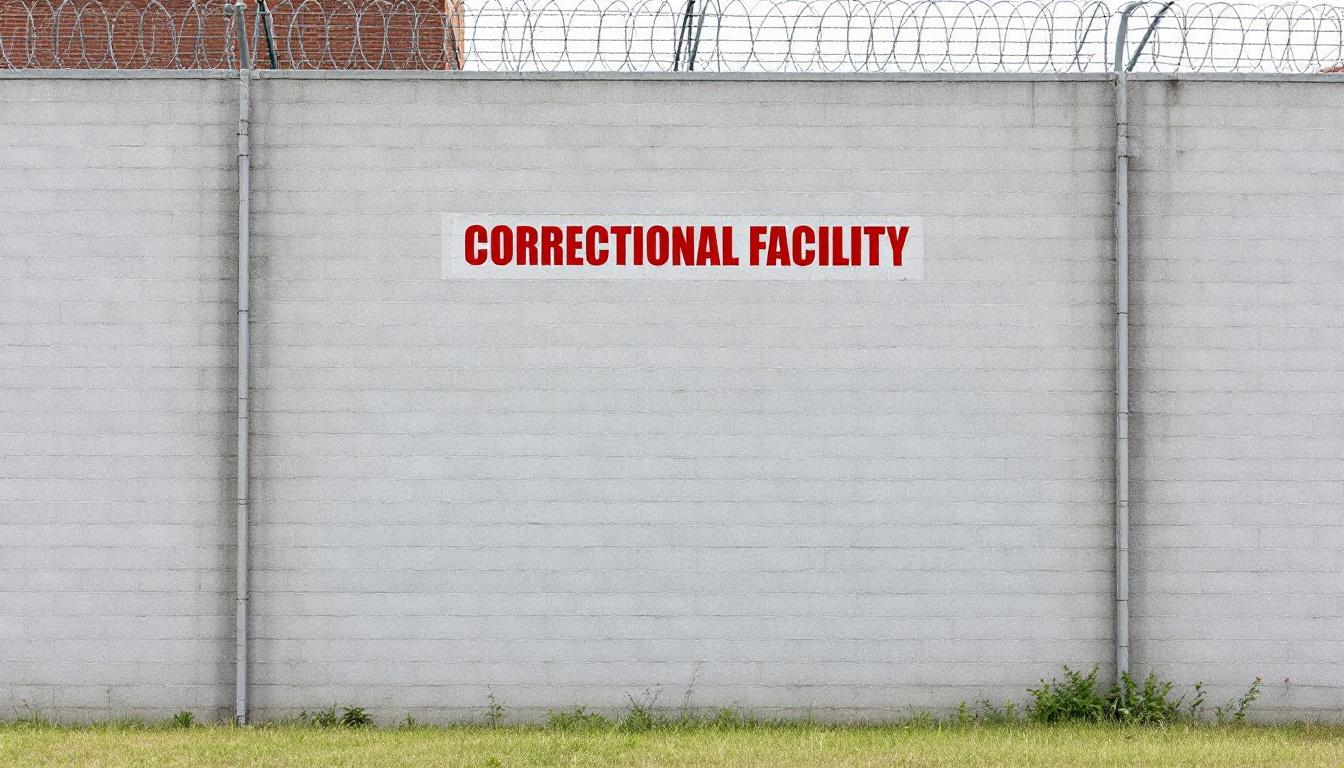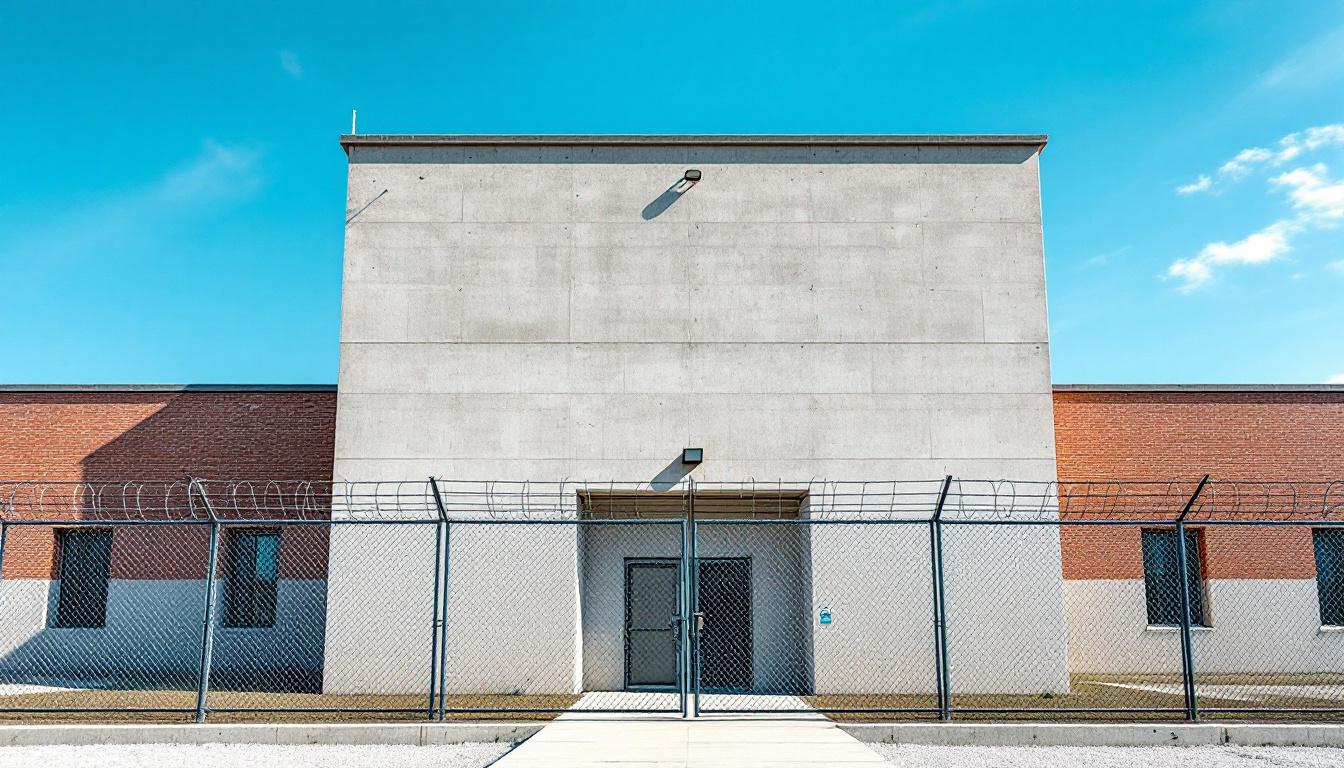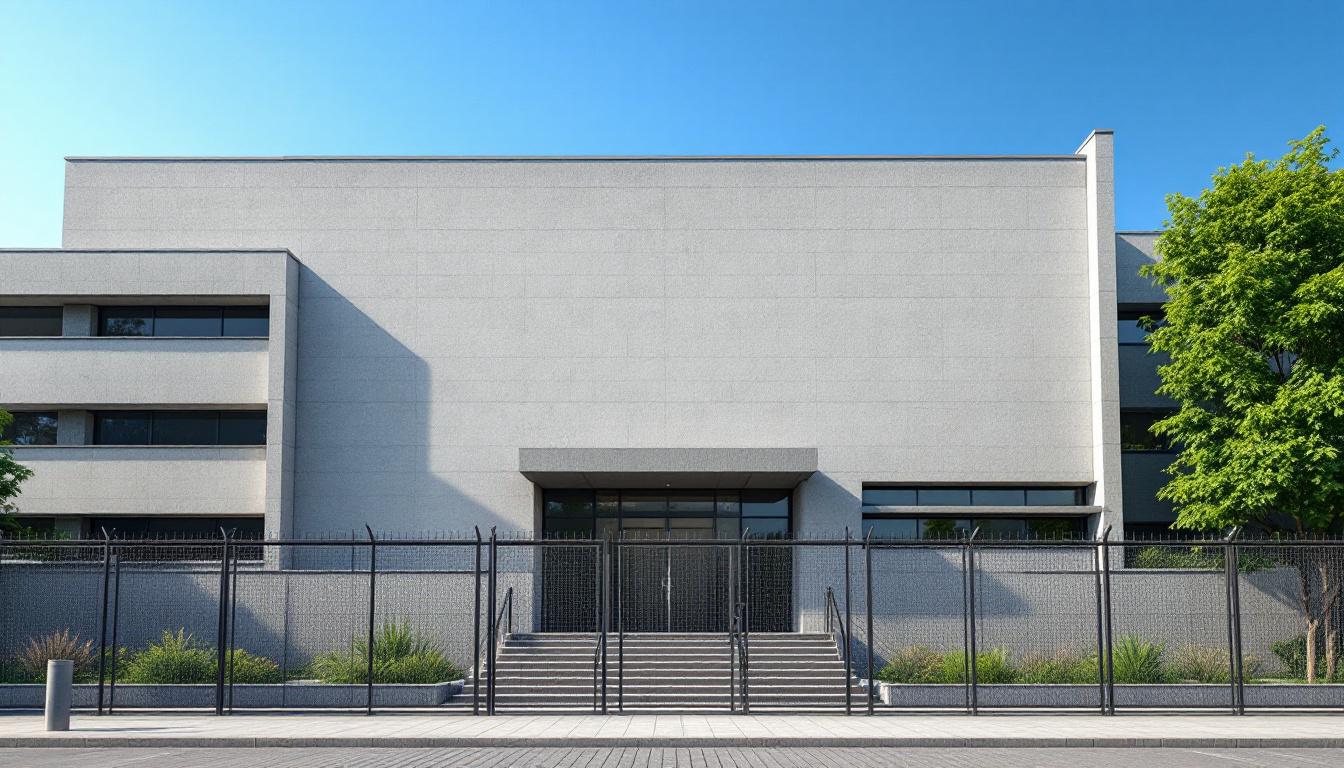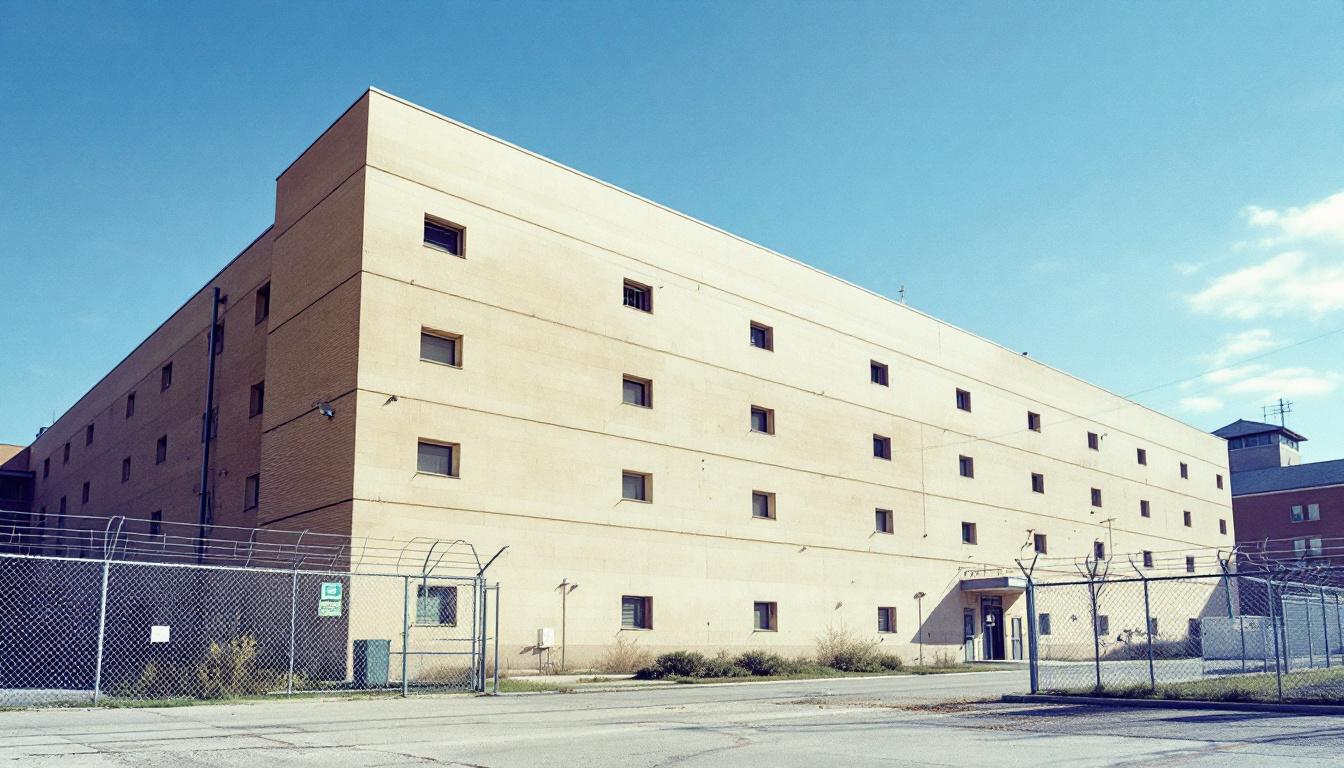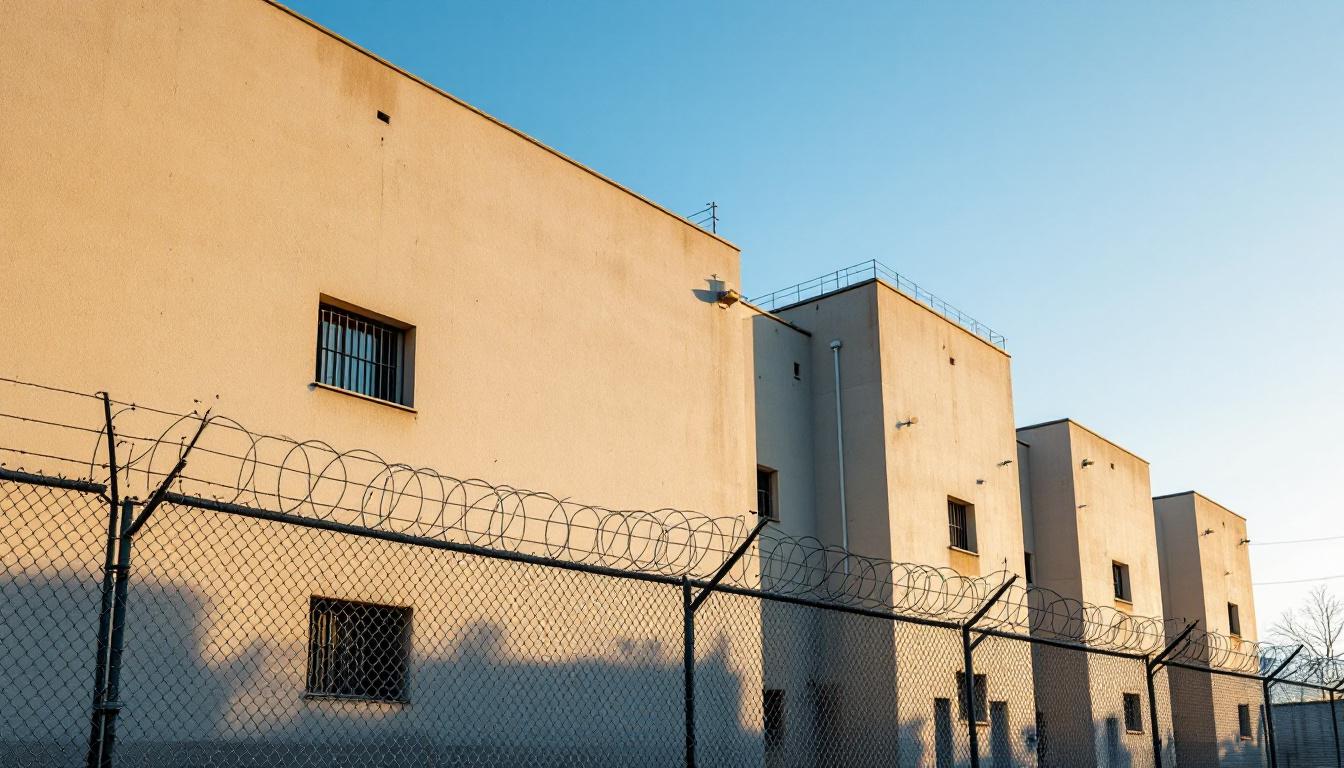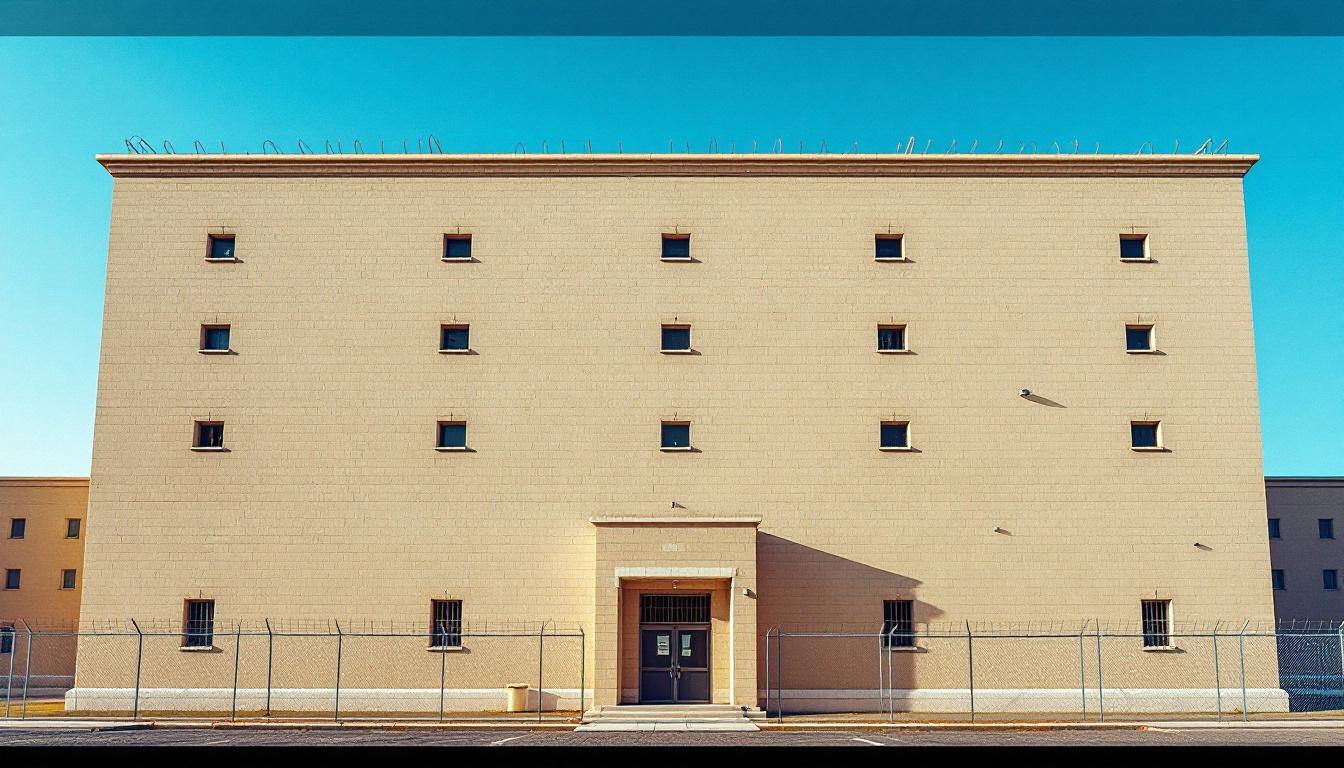
Quick Navigation
How to contact an inmate at Federal Transfer Center
This comprehensive guide will walk you through how to connect with an inmate at Federal Transfer Center. Follow the steps below to find an inmate and send letters and photos:
- Search for the inmate using our search tool below
- Create your account or log in to Penmate
- Write your message (up to 6,000 characters)
- Send instantly - inmates receive printed copies daily
Find an Inmate
Search for an inmate to start communicating today
Tip: You can search by first name, last name, or inmate ID number
To contact a person at Federal Transfer Center start by searching for the person on the official facility website. Perform a search by following these steps:
- Step 1: Enter their first name and last name into the search form and click "Search"
- Step 2: Locate their inmate record
- Step 3: Write down their Inmate ID and any housing information provided
Important! Be sure to enter the person's full name. Nicknames should not be used.
How to Send Messages to Inmates

You can use your phone or computer to send emails, letters, and photos to an inmate. Messages are sent electronically to inmate tablets or kiosks at the facility. If you would like to send a message, start by searching for an inmate at Federal Transfer Center.
Sending Photos and Postcards

A great way to send love and support to a loved one at Federal Transfer Center is to send photos and postcards. It only takes a few minutes to send photos from your phone and it makes a huge difference. You can also mail postcards with words of support and inspiration, or design your own postcard for special moments like birthdays and holidays.
Important! Be sure not to send any explicit photos or they may not be approved by the facility. You can also use a photo printing app like Penmate to make sure your photos are printed at the correct size (4x6 or 3x5) and are mailed according to the rules and regulations of Federal Transfer Center.
Frequently asked questions about Federal Transfer Center
-
How long does it take to deliver a message?
If you're sending an email message your letter is usually delivered within 24-48 hours. For messages sent via mail you should expect delivery within 3-7 days. All messages will need be approved by Federal Transfer Center.
-
How much does it cost to send a message to Federal Transfer Center?
You can send a message free using your phone or mail a message via USPS for the price of a $0.60 stamp and envelope. You can also purchase credits or e-stamps from services starting at $1.99.
-
What services can I use to contact an inmate at Federal Transfer Center?
Penmate
You can use Penmate to send letters and photos to an inmate from your phone. It's an easy way to stay in touch during your loved one's incarceration. Use the inmate locator to find an inmate's location and contact information, then you can send messages within a few minutes.
Securus messaging
Securus may be another option for communicating with an inmate at Federal Transfer Center. You can create a friends and family account and purchase credits to send messages. All messages will be reviewed and must be approved by the facility.
JPay
Some county jails and state prisons may support sending messages with JPay. You must register an account with the system, find your loved one, and purchase stamps to send messages. For some locations you can also attach photos.
Smart Jail Mail
You may also check if Smart Jail Mail is available at Federal Transfer Center. Smart Jail Mail is operated by Smart Communications and has contracted with some state and county jails. After purchasing credits, your messages and photos are sent to the facility, printed out, and then handed out to your loved one.
-
What is the mailing address of Federal Transfer Center?
Mailing address:
Federal Transfer Center
7410 S MacArthur Blvd
Oklahoma City, OK 73169
Phone: (405) 682-4075 -
What are the visiting hours at Federal Transfer Center?
Visiting hours at Federal Transfer Center vary by housing unit and security level. Generally, visits are scheduled on weekends and holidays, with some facilities offering weekday visits. Contact the facility directly at (405) 682-4075 or check their website for the current visiting schedule. Visits typically last 30-60 minutes and must be scheduled in advance.
-
What items are prohibited when sending mail to Federal Transfer Center?
Prohibited items typically include: cash, personal checks, stamps, stickers, glitter, glue, tape, staples, paperclips, polaroid photos, musical or blank greeting cards, hardcover books, magazines with staples, and any items containing metal or electronics. Only send letters on plain white paper with blue or black ink. Photos must be printed on regular photo paper (no Polaroids). Always check with Federal Transfer Center for their specific mail policies.
-
How do I send money to an inmate at Federal Transfer Center?
You can send money to an inmate at Federal Transfer Center through several methods: 1) Online using JPay, Access Corrections, or the facility's approved vendor, 2) Money orders mailed directly to the facility with the inmate's name and ID number, 3) Kiosks located in the facility lobby, or 4) Over the phone using a credit or debit card. Fees vary by method, typically ranging from $2.95 to $11.95 per transaction.
-
Can I schedule a video visit with an inmate at Federal Transfer Center?
Many facilities now offer video visitation as an alternative to in-person visits. At Federal Transfer Center, video visits may be available through services like Penmate, Securus Video Connect, GTL, or ICSolutions. Video visits typically cost $10-20 for 20-30 minutes and must be scheduled in advance. You'll need a computer or smartphone with a camera and reliable internet connection. Contact the facility for their specific video visitation policies and approved vendors.
-
What identification do I need to visit an inmate at Federal Transfer Center?
All visitors must present valid government-issued photo identification such as a driver's license, state ID, passport, or military ID. Minors must be accompanied by a parent or legal guardian who can provide the minor's birth certificate. Some facilities require visitors to be on the inmate's approved visitation list, which may require a background check. Contact Federal Transfer Center for specific ID requirements and visitor approval procedures.
-
How can I find out an inmate's release date?
To find an inmate's release date at Federal Transfer Center, you can: 1) Use the online inmate search tool if available, 2) Call the facility's records department, 3) Contact the inmate's case manager or counselor, or 4) Have the inmate provide this information during a call or visit. For privacy reasons, some facilities only release this information to immediate family members.
Facility Overview
Contact Information
Federal Transfer Center7410 S MacArthur Blvd
Oklahoma City, OK 73169
Phone: (405) 682-4075
Official Website

About Federal Transfer Center
Correctional facilities across Oklahoma's metropolitan areas serve as crucial components in the state's justice system, and FTC Oklahoma City represents an integral part of this network within the heart of the state's largest urban center. Positioned strategically in Oklahoma City, OK, this correctional facility operates within the broader framework of the state's rehabilitation and custody infrastructure, serving the population services needs of both the immediate metropolitan area and the wider regional corrections network. The facility's location in Oklahoma City places it at the center of Oklahoma's most densely populated region, where access to family visitation, legal services, and community reintegration resources can be more readily coordinated for those transitioning back into society.
As part of Oklahoma's southern regional corrections system, the facility typically emphasizes programs designed to support successful community reentry while maintaining secure custody operations. The comprehensive approach to corrections in this area generally includes educational opportunities, vocational training initiatives, and behavioral programming that may help prepare individuals for their eventual return to Oklahoma City neighborhoods and surrounding communities. Family connections often remain a priority, with visitation policies and communication systems designed to maintain important relationships that research suggests can be vital to successful reintegration outcomes across the state's correctional network.
Programs & Services
Through comprehensive support services, the population at FTC Oklahoma City receives assistance designed to address multiple aspects of successful reintegration. The facility typically emphasizes a holistic approach that recognizes individuals may face various challenges requiring different types of intervention. Programs often focus on building practical skills while also addressing underlying issues that may have contributed to past difficulties. This supportive framework helps create pathways for positive change and community reintegration.
Educational programs may supply basic literacy instruction, GED preparation, and continuing education opportunities for those seeking to advance their academic credentials. These services often include individualized learning plans that accommodate different skill levels and learning styles. Also available are vocational training programs that typically provide hands-on instruction in trades and technical skills. The population may participate in various career-focused training that helps develop marketable abilities for future employment opportunities.
Support services often include faith-based programs that provide spiritual guidance and community connection for interested participants. Family reunification services may offer counseling and structured activities designed to strengthen relationships with loved ones. Also available is dual diagnosis treatment that typically addresses both substance use issues and mental health concerns through integrated therapeutic approaches. The population may also participate in specialized training such as masonry, which provides valuable construction skills while building confidence and work experience.
Daily Life & Visitation
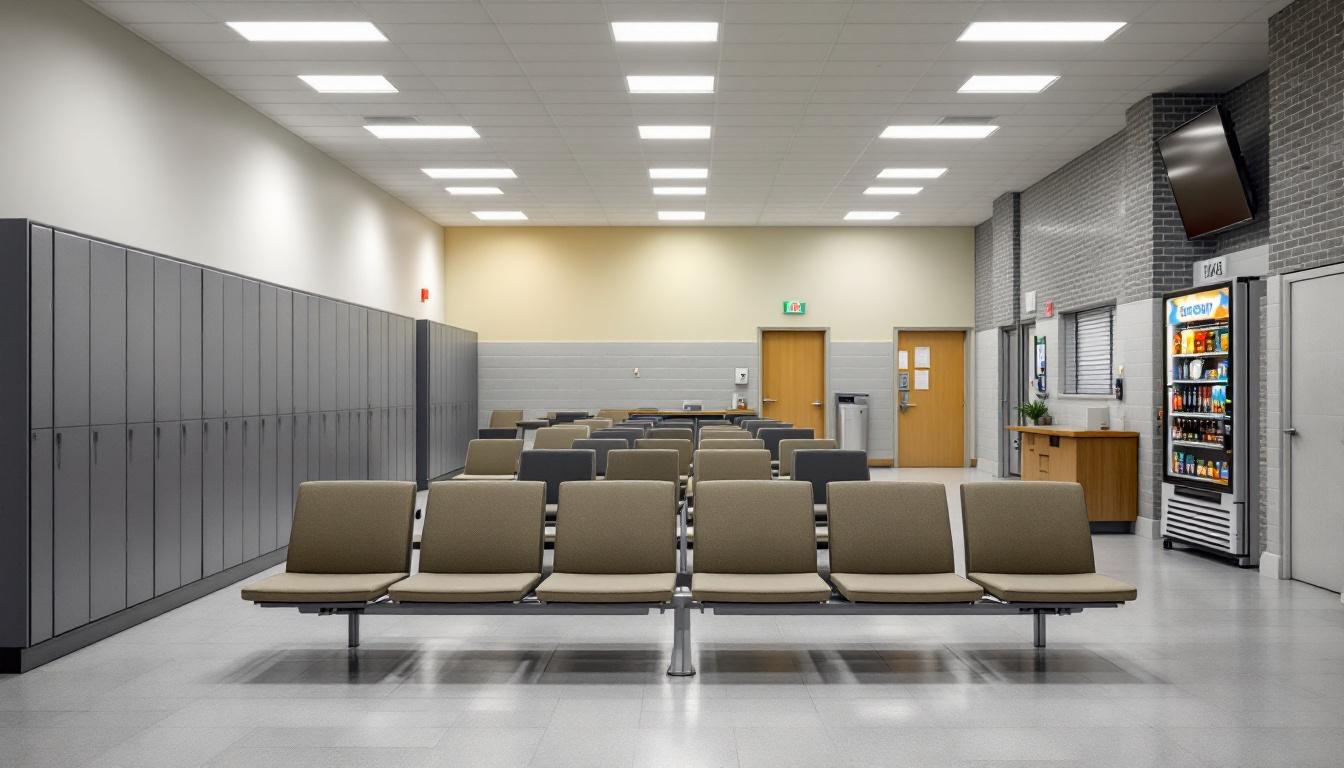
Systematic organization shapes every aspect of life within the facility, creating predictable routines that currently guide the population through structured daily schedules. The population continues to follow established patterns that typically begin with early morning counts and progress through meals, work assignments, and programming activities. Generally, residents move between designated areas according to scheduled timeframes that supply consistency throughout the day.
Housing units accommodate the population in dormitory-style or cell-based arrangements, depending on security classification and individual circumstances. Living spaces typically include basic furnishings and storage for approved personal property. The population usually shares common areas within their housing units, and dining arrangements often involve scheduled meal times in centralized locations. Also, commissary access allows residents to purchase approved items to supplement their basic needs.
Structured programming schedules supply various opportunities for the population to engage in educational classes, vocational training, and recreational activities. Work assignments may include facility maintenance, food service, or administrative support roles that help maintain daily operations. However, recreation time typically provides access to exercise equipment, outdoor areas, and organized activities. Family connections continue through scheduled visitation periods and telephone privileges, while written correspondence also remains available to maintain important relationships with loved ones outside the facility.
Ready to Connect?
Start communicating with your loved one today
Search for an Inmate
